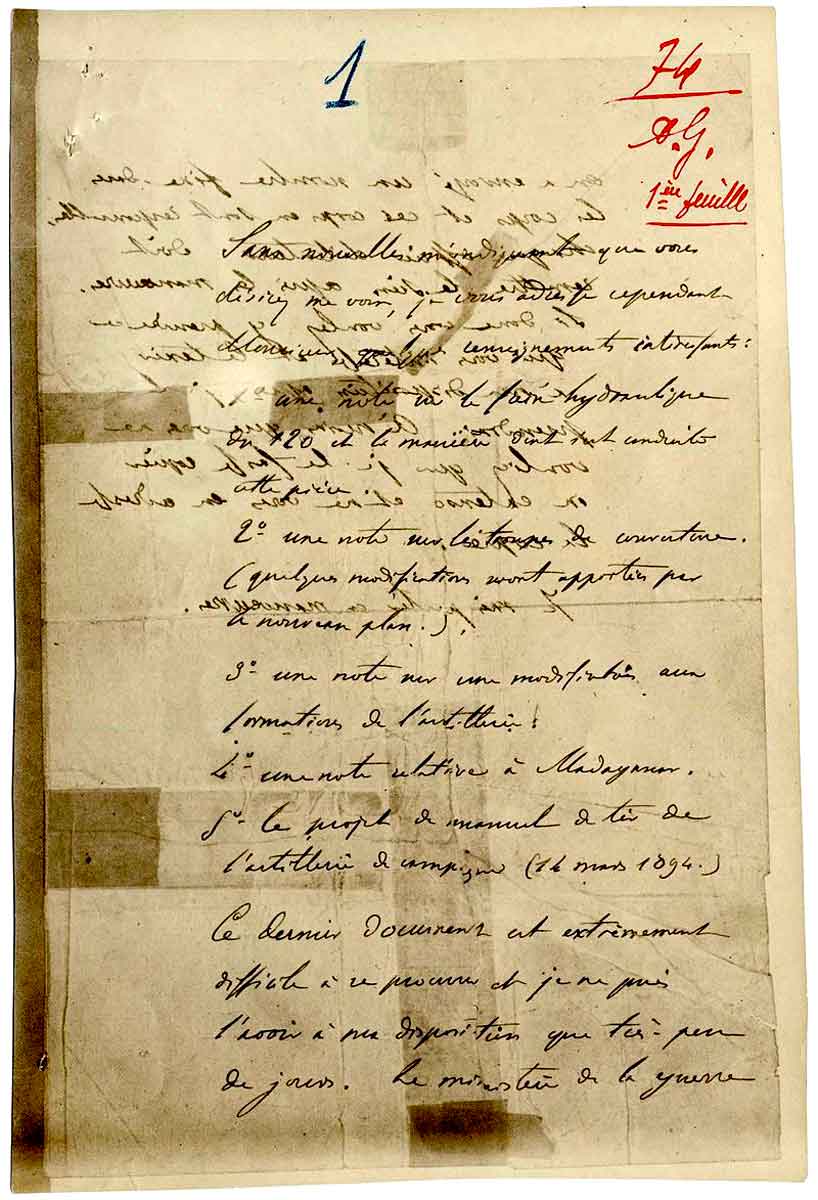The Hells Angels: A Comprehensive Overview

Table of Contents
History of the Hells Angels
The Hells Angels' story begins in post-World War II California, a time of social upheaval and restless veterans. Founded in 1948 in Fontana, California, the club's early years were characterized by a focus on camaraderie and motorcycle culture, a shared passion for powerful machines and the open road. However, this relatively innocuous beginning would soon give way to a far darker reality. Key figures like founder Arvid Olson and subsequent leaders shaped the club's trajectory, steering it towards increasingly organized crime and violence. The club's evolution saw a significant shift from a loose-knit group of bikers to a sophisticated criminal enterprise with a complex, hierarchical structure. This transformation involved a gradual expansion across the United States and internationally, leading to conflicts and intense rivalries with other motorcycle clubs, cementing their reputation as a formidable force.
- Founding in 1948 in Fontana, California: The birthplace of the Hells Angels and the genesis of their legend.
- Early years focused on camaraderie and motorcycle culture: A romanticized period often contrasted with the club's later activities.
- Gradual evolution into organized crime and violence: A critical turning point marking the transition from a motorcycle club to a criminal organization.
- Expansion across the United States and internationally: Demonstrating the club's ambition and reach.
- Key conflicts and rivalries with other motorcycle clubs: Underscoring the violent and territorial nature of the Hells Angels.
The Hells Angels' Organizational Structure
The Hells Angels are renowned for their highly structured and hierarchical organization. This rigid structure facilitates control and coordination of their criminal activities. The club is divided into chapters, with individual chapters operating under the umbrella of larger mother chapters. This organizational model allows for both localized autonomy and centralized command. Membership requires a rigorous initiation process, demanding unwavering loyalty and adherence to strict rules and codes of conduct. Secrecy is paramount, and members are expected to maintain absolute discretion about the club's activities and inner workings. Different members hold specific roles and responsibilities, contributing to the efficiency of the overall criminal enterprise. The iconic "patches" and club insignia serve as powerful symbols of membership and group identity, visually reinforcing the hierarchy and solidarity within the organization.
- Highly structured and hierarchical organization: A key element in maintaining control and coordinating criminal activities.
- Strict rules and codes of conduct: Enforcing discipline and loyalty among members.
- Loyalty and secrecy are paramount: Essential for maintaining the organization's operational security.
- Chapters operate independently but under the overall leadership of the national or international organization: Balancing local autonomy with centralized control.
- The significance of "patches" and club insignia: Powerful symbols of membership and group identity.
Hells Angels' Activities and Criminal Enterprise
The Hells Angels are extensively involved in a wide array of criminal activities, generating substantial illicit profits. Drug trafficking, particularly of cocaine and methamphetamine, forms a core component of their criminal enterprise. They are also involved in arms trafficking, supplying weapons to various criminal networks. Furthermore, the club has been implicated in prostitution and human trafficking, exploiting vulnerable individuals for financial gain. Extortion and protection rackets constitute another significant source of income, with the Hells Angels using violence and intimidation to coerce businesses and individuals into paying tribute. Money laundering is essential in concealing the proceeds of their criminal activities, allowing them to reinvest their ill-gotten gains. The club's reputation for violence and intimidation is integral to its power and control, used to maintain dominance over territories and suppress rivals.
- Drug trafficking (cocaine, methamphetamine, etc.): A primary source of revenue for the Hells Angels.
- Arms trafficking: Providing weapons to other criminal organizations.
- Prostitution and human trafficking: Exploiting vulnerable individuals for profit.
- Extortion and protection rackets: Using violence to coerce payments from businesses and individuals.
- Money laundering and financial crimes: Concealing the proceeds of criminal activities.
- Violence and intimidation tactics: Essential for maintaining control and suppressing rivals.
Law Enforcement and the Hells Angels
Investigating and prosecuting Hells Angels members presents considerable challenges for law enforcement agencies worldwide. The club's secretive nature, strict codes of silence, and extensive use of violence create significant obstacles to infiltration and evidence gathering. However, law enforcement has employed various strategies, including the use of RICO (Racketeer Influenced and Corrupt Organizations) statutes and international cooperation, to combat the club's criminal activities. Successful law enforcement operations have resulted in numerous arrests and convictions, significantly impacting the club's operations. Nevertheless, the Hells Angels remain a persistent threat, and ongoing legal battles and court cases continue to test the limits of law enforcement's ability to effectively dismantle the organization.
- Challenges in infiltration and gathering evidence: The secretive nature of the club makes investigations difficult.
- Use of RICO statutes and other legal tools: Legal strategies employed to combat organized crime.
- International cooperation in tackling transnational crime: Collaboration between law enforcement agencies across borders.
- Notable successful law enforcement operations against the club: Demonstrating the effectiveness of targeted investigations.
- Ongoing legal battles and court cases: Reflecting the continuing struggle against the Hells Angels.
The Hells Angels in Popular Culture
The Hells Angels have been a recurring subject in movies, books, and documentaries, often portrayed as rebellious outlaws or ruthless criminals. This portrayal has significantly shaped public perception, contributing to both romanticized and demonized views of the club. The media's role in shaping this perception is undeniable, often focusing on sensationalized aspects of their activities. The club itself utilizes carefully constructed symbolism and imagery to cultivate a specific brand and identity, influencing fashion trends within the biker subculture. Understanding the Hells Angels requires recognizing the gap between myth and reality, dissecting the carefully curated image from the underlying criminal enterprise.
- Movies and TV shows depicting Hells Angels: Examples of how the club is portrayed in popular culture.
- Books and documentaries exploring their history and activities: In-depth analyses of the club's activities.
- Influence on biker fashion and lifestyle: The club's impact on fashion and subculture.
- The club’s image and branding: The deliberate cultivation of a particular image.
- The complexities of myth vs. reality: Separating the carefully constructed image from the truth.
Conclusion
The Hells Angels Motorcycle Club represents a complex and multifaceted phenomenon. Their history is intertwined with violence, criminal activity, and a carefully constructed image of rebellion. Understanding their organizational structure, criminal enterprises, and the challenges they pose to law enforcement is crucial to comprehending their lasting impact. This overview has touched upon key aspects of the Hells Angels, but further research is encouraged for a more complete understanding of this notorious organization. To learn more about this complex subject, continue researching the Hells Angels, their activities, and their ongoing influence on society.

Featured Posts
-
 Londonskiy Zakhid Naomi Kempbell Vrazila V Biliy Tunitsi Z Virizom
May 25, 2025
Londonskiy Zakhid Naomi Kempbell Vrazila V Biliy Tunitsi Z Virizom
May 25, 2025 -
 Zheng Qinwens Path To The Italian Open Semifinals A Winning Strategy
May 25, 2025
Zheng Qinwens Path To The Italian Open Semifinals A Winning Strategy
May 25, 2025 -
 Dreyfus Affair A 130 Year Old Injustice A Modern Plea For Recognition
May 25, 2025
Dreyfus Affair A 130 Year Old Injustice A Modern Plea For Recognition
May 25, 2025 -
 Explore Jensons Fw 22 Extended Line New Styles And Details
May 25, 2025
Explore Jensons Fw 22 Extended Line New Styles And Details
May 25, 2025 -
 Analyzing Michael Schumachers Relationships With Fellow Drivers
May 25, 2025
Analyzing Michael Schumachers Relationships With Fellow Drivers
May 25, 2025
Latest Posts
-
 New York Rangers Shake Up The Dominoes Are Falling
May 25, 2025
New York Rangers Shake Up The Dominoes Are Falling
May 25, 2025 -
 47 Y Mmkf Gde I Kogda Uznat Imena Pobediteley
May 25, 2025
47 Y Mmkf Gde I Kogda Uznat Imena Pobediteley
May 25, 2025 -
 New York Rangers A Changing Of The Guard Domino Effect In Full Swing
May 25, 2025
New York Rangers A Changing Of The Guard Domino Effect In Full Swing
May 25, 2025 -
 Jamie Foxxs All Star Weekend Robert Downey Jr S Casting Controversy
May 25, 2025
Jamie Foxxs All Star Weekend Robert Downey Jr S Casting Controversy
May 25, 2025 -
 Moskva Nagrazhdenie Pobediteley 47 Go Mmkf
May 25, 2025
Moskva Nagrazhdenie Pobediteley 47 Go Mmkf
May 25, 2025
